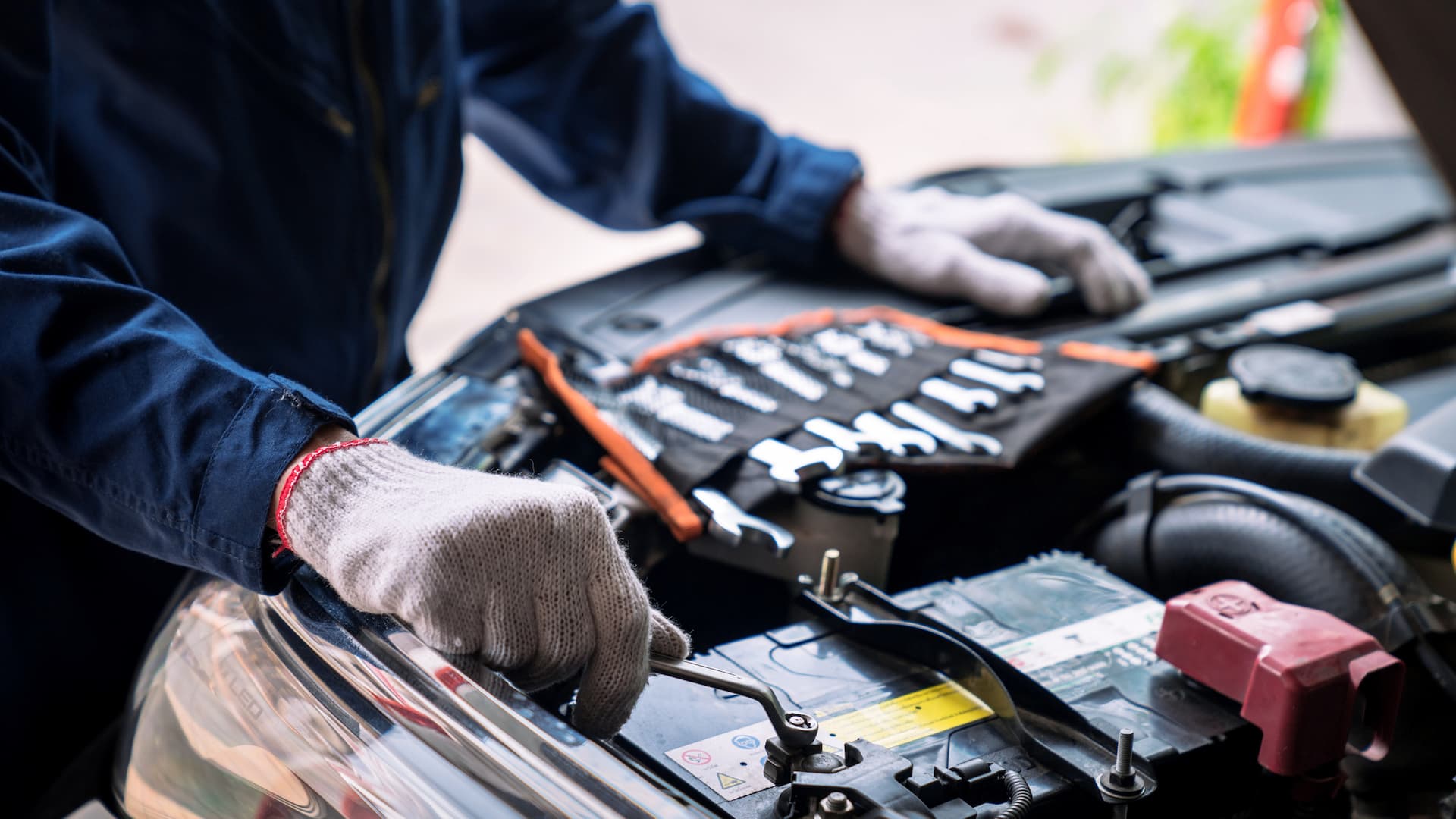
Welcome to the world of battery reconditioning, where old batteries find new life and your devices stay powered for longer! Battery reconditioning is a process that restores the performance and longevity of rechargeable batteries, including those found in cell phones and other electronic devices. By taking a worn-out battery and giving it a little TLC, you can extend its lifespan and potentially save money by avoiding the need to constantly purchase new batteries.
In this article, we will delve into the fascinating world of battery reconditioning and explore how this process works. You’ll learn about the benefits of battery reconditioning, the tools and techniques involved, and some common FAQs that will address any lingering questions you may have. So, whether you’re a tech enthusiast looking to optimize your devices’ battery life or simply someone who wants to save money and reduce waste, let’s dive in and discover the wonders of battery reconditioning.
Inside This Article
What Does Battery Reconditioning Do?
Battery reconditioning is a process that rejuvenates old or weak batteries to extend their lifespan and restore their performance. Whether it’s a car battery, smartphone battery, or any other rechargeable battery, over time, they tend to lose their capacity and become less efficient. Battery reconditioning aims to reverse this process and bring batteries back to their optimal condition.
Through various methods and techniques, battery reconditioning helps to restore the chemical composition of the battery cells, remove sulfation build-up on the plates, and improve the overall performance. It can be a cost-effective solution to breathe new life into old batteries, saving you money and reducing environmental waste.
When a battery is reconditioned, it undergoes a series of steps to revive its capacity and functionality. This typically involves testing the battery, discharging it completely, cleaning the terminals, and then applying a controlled charging cycle. These steps help to remove any memory effect, internal resistance, or other issues that may be hindering the battery’s performance.
Not only does battery reconditioning help to restore the energy storage capacity of the battery, but it also ensures more reliable and consistent power output. This is particularly important for mobile devices, where a weak battery can result in poor performance, shorter usage time, and frequent charging.
By reconditioning batteries, you can potentially avoid the need for costly replacements. It can be particularly beneficial for batteries that are no longer under warranty or for devices where finding a compatible replacement battery is difficult. Additionally, reconditioning batteries helps to reduce the number of batteries that end up in landfills, contributing towards a more sustainable and environmentally friendly approach.
It’s important to note that battery reconditioning is not a guaranteed solution for all battery-related issues. Some batteries may be too damaged or have reached the end of their lifespan, making reconditioning ineffective. However, it is worth trying, especially for batteries that are still showing some signs of life but are not performing optimally.
To sum it up, battery reconditioning breathes new life into old or weak batteries, allowing them to operate at their full potential. It is a cost-effective and eco-friendly way to extend the lifespan of batteries, providing longer usage time and improved performance for various devices.
In conclusion, battery reconditioning offers a cost-effective and eco-friendly solution for extending the lifespan of your batteries. By using various techniques and methods to revive and restore old and worn-out batteries, you can save money and reduce waste. Battery reconditioning not only helps to increase the capacity and performance of your batteries but also promotes sustainability by reducing the number of batteries being disposed of in landfills.
Whether you are looking to rejuvenate your cell phone batteries, laptop batteries, or any other electronic device batteries, battery reconditioning can be a viable option. It allows you to breathe new life into your old batteries, ensuring they can continue to provide reliable power for a longer period of time.
So, if you want to maximize the lifespan of your batteries while minimizing your environmental impact, give battery reconditioning a try. It’s a win-win solution for both your wallet and the planet.
FAQs
1. What is battery reconditioning?
Battery reconditioning is the process of restoring the performance and capacity of old or weak batteries. It involves various techniques, such as deep cycling and desulfation, to revive batteries and extend their lifespan.
2. Why should I consider battery reconditioning?
There are several reasons to consider battery reconditioning. Firstly, it can save you money, as reconditioning batteries is generally more cost-effective than buying new ones. Additionally, it is an environmentally friendly practice since it helps reduce battery waste. Lastly, reconditioned batteries often perform just as well as new ones, making them a reliable alternative.
3. What types of batteries can be reconditioned?
Battery reconditioning can be done on various types of batteries, including those used in cars, motorcycles, laptops, smartphones, and even larger-scale batteries like those used in renewable energy systems. However, the success of reconditioning may vary depending on the battery’s age, condition, and type.
4. Is battery reconditioning safe?
When done properly, battery reconditioning is generally safe. However, it is important to follow the recommended guidelines and precautions to prevent any potential hazards. This includes working in a well-ventilated area, wearing protective gear, and using the appropriate tools and equipment.
5. How long does battery reconditioning take?
The duration of battery reconditioning can vary depending on the battery type, condition, and the specific reconditioning techniques used. Some batteries may require several cycles of reconditioning over a period of days or weeks, while others may show improvements within a few hours. Patience and persistence are key when it comes to battery reconditioning.
